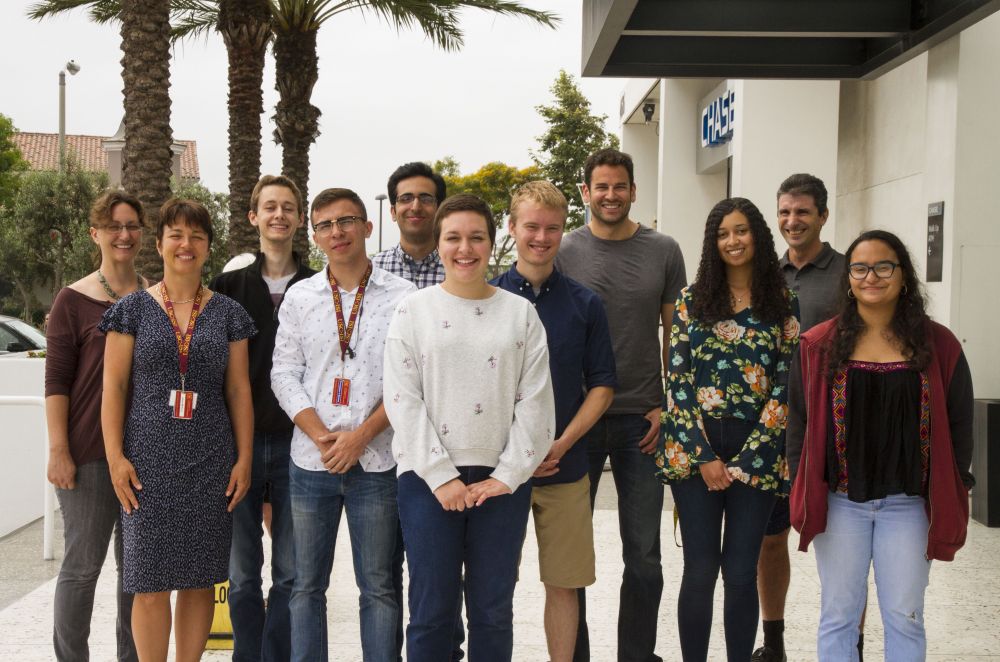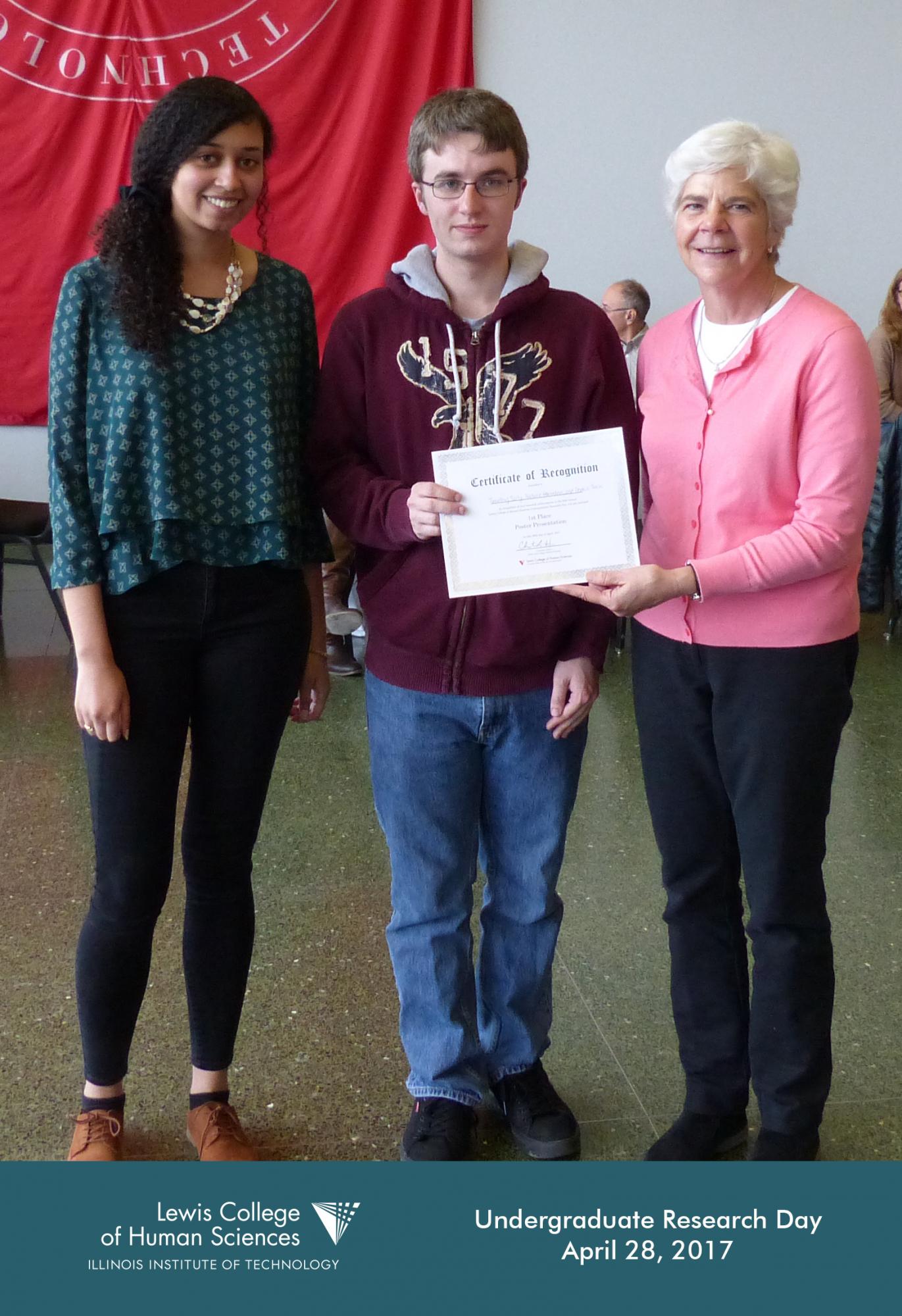Research Experiences
Repetitive Experiences and Behavior Lab (REBL)
For three years of my undergraduate academic career, I was fortunate enough to serve as a team member in the clinical psychological research laboratory, REBL.
As a part of this lab, I was involved in a new study testing whether a virtual reality (VR) immersion can motivate individuals with hoarding disorder to pursue behavioral treatment. This immersion is based on using VR to show participants what several rooms in their home would look like without the clutter in the hope that it enhances their motivation for change.
When participants completed the study, I met with them to draft a floor plan, recreate rooms of their house using the design software Planner5D, and then monitor the participant’s immersion experience as they view the virtual replica of their home.
My overall responsibilities in the lab included managing the VR equipment, conducting phone screens, scheduling participants, and running participants in the study. In addition, I assisted graduate students in their research by helping them enter and code study data and run participants.
Participating in weekly lab meetings, being a part of the inception of a new study, and interacting with graduate students in the lab has given me a lot of insight on the research process and the expectations of graduate research programs.
Summer Internship at Information Sciences Institute (ISI)

Over the summer, I participated in an 8-week Research Experience for Undergraduate (REU) program at University of Southern California's Information Science Institute. As a part of this program, I experienced what it's like working full-time on a research project and learned how expensive Los Angeles is.
At a high-level, our research project's aim was to find undiscovered nuance in old data to improve future applications. Specifically, the project looked for instances of Simpson's Paradox, a phenomenon where a trend for an aggregated population is different, perhaps opposite, of trends for disaggregated subgroups, within a forecasting competition, a contest where individuals make geopolitical predictions. Forecasting competitions began as a means of identifying what types of individuals excel at consistently making accurate predictions. From the competition, these high-performing individuals came to be known as superforecasters. Overall, the goal of our project was to improve what we know about superforecasters so that in the future it would be possible to predict them in advance.
For this project, I synthesized prior literature and research about forecasting competitions to come up with new questions, wrote a program to calculate standardized Brier scores (the metric of accuracy for forecasting), cleaned and analyzed the data, wrote a paper, and created and presented a poster at ISI's local poster day and Southern California's REU student conference.
I presented this work at the Lewis College Fourth Annual Undergraduate Research Day and won first place!
PSYC 204: Research Methods in Behavioral Science

In this course, I worked with a group to replicate a pre-publication psychological study about culture. It was a great opportunity to conduct a research project from start to finish. For this project, I got to fill out an IRB application, create a survey with Qualtrics, recruit participants, analyze data, write a paper, create a poster, and then present. My group won first place at the poster competition for this study at our Lewis College Second Annual Undergraduate Research Day.
Our study was largely based on the work of Markus and Kitayama (1991) in their paper Culture and the self: Implications for cognition, emotion, and motivation.
Markus and Kitayama (1991) propose that those in individualistic cultures have an independent self and are more likely to describe themselves in terms of personal traits and characteristics (e.g. "I am smart, funny, athletic, and kind"); while those from collectivist cultures have an interdependent self and are more likely to describe themselves in terms of their social relationships and roles (e.g. "I am a good son, brother, and friend").
They argue that self-construals are important because they affect cognition (how we perceive ourselves), motivation (e.g. do we want to fit in or stand out), and emotion (e.g. how you feel after a failure, mere disappointment or shame). However, past research to support these self construals has been varied. Some studies find differences between culture, while some find none, and some even find the opposite of what would be expected.
Our replication study aimed to find conclusive results about how to assess the differences in self style between collectivist and individualist cultures.
PSYC 409: Psychological Testing
For this course, we got to apply our growing knowledge of psychological testing by creating our own test. I worked with a group to create a test to measure IIT students' attitudes towards success.
To encompass the attitudes that IIT students have towards success, we created items to measure thoughts towards grades, classwork, attendance, status, income, material possessions, social relationships, autonomy, and stereotypes of successful individuals. After creating our initial set of items, we had subject-matter experts (fellow classmates) evaluate the effectiveness of each item to strengthen the content validity of our measure.